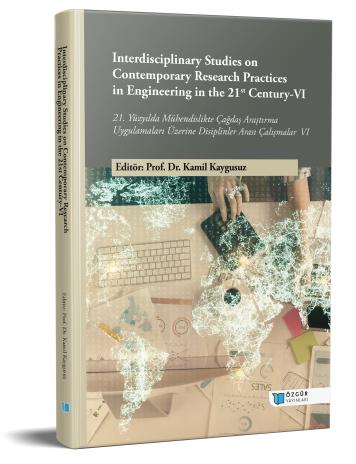
Effect of Processing Conditions on Microstructure: Al-Cu-Si Eutectic Alloy
Şu kitabın bölümü:
Kaygusuz,
K.
(ed.)
2024.
21. Yüzyılda Mühendislikte Çağdaş Araştırma Uygulamaları Üzerine Disiplinler Arası Çalışmalar- VI.
Özet
Aluminium is widely used in various industries such as food, electrical and electronics, automotive, aerospace and construction due to its favorable properties such as malleability, corrosion resistance, environmental resistance and high strength-to-weight ratio. In aluminum-based casting alloys, the main alloying elements commonly used in industry are silicon, copper and magnesium. In this study, the microstructure properties of the Al-26.5Cu-6Si (wt.%) ternary eutectic alloy were examined in relation to directional solidification. The alloy was processed in a vacuum melting furnace and solidified directionally at various growth rates using a Bridgman type device. The experimental results revealed eutectic transformation of the Al-26.5Cu-6Si alloy, leading to the formation of matrix Al, lamella Al2Cu, and plate Si phases. Eutectic spacing was measured from the produced samples, and it was found that the values were significantly affected by the growth rate. The results of this study were compared to the experimental results of binary Al-Cu and ternary Al-Cu-Si-Fe eutectic alloys.

